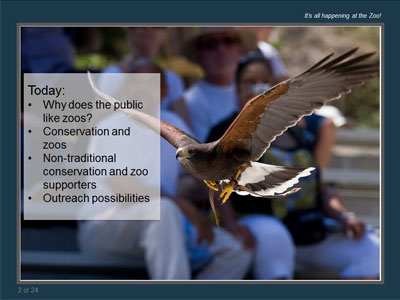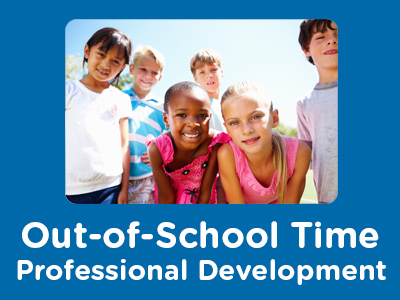 |
Budgeting: Capital Budget Analysis |
0.75 |
A capital appropriation request form is a document that managers use to request capital funding for their departments. This is the first step in the documentation process for capital projects. |
 |
Budgeting: Capital Budgets |
1.00 |
Budgets represent how a company will use its resources to accomplish its goals. To achieve some goals, companies need to invest in new facilities or expensive equipment. These items, which will help produce income over a number of years, are planned for in capital budgets. Capital budgets have their own terminology with which you will need to be familiar in order to plan well and make good decisions. Depreciating is one of the central concepts in capital budgeting. |
 |
Budgeting: Manufacturing Budgets |
0.50 |
Manufacturing budgets outline and plan the expenses that a company undertakes to manufacture its products. Until products are sold, the cost of producing them is considered part of the company’s assets as inventory. Generally, you would not consolidate these expenses with non-manufacturing budgets in the master budget. |
 |
Budgeting: Operating Budgets |
1.00 |
An operating budget is a projection of the entire income statement of a company, or department. Operating budgets manage the operations of a company or department. They include the expenses associated with manufacturing, selling, and distributing products. Operating budgets also help to administer the daily functioning of the company. They project the expenses a company will incur in its manufacturing facilities, as well as the revenue that it will generate. |
 |
Budgeting: Reviewing Budgets |
1.00 |
A typical budget contains information for a single year and is updated and revised periodically. Each company creates a budget that fits its unique needs. A budget can be used for many purposes, but its primary functions should be to support strategic goals and to help identify when actual results deviate from what was predicted. |
 |
Budgeting: Variances, Forecasts, and Action Plans |
0.75 |
Budgets are rarely perfect, and variances will occur. To avoid significant problems or missed opportunities, you should study all variances to determine their causes and possible effects. Some variances are favorable, while others are not. You can use variances in year-to-date figures for sales, materials, labor, and to project more accurate forecasts for the rest of the year. |
 |
Building a Broader Base for Zoo-Based Conservation: Engaging Non-Traditional Conservationists |
1.00 |
While it is often thought of as an activity and ideology dominated by tree-huggers, conservation should have a much wider base of participation than is often the case. Hunters, fishers, veterans, and people across the political spectrum comprise an under-developed source of support for conservation projects. In this webinar, we will focus on outreach and messaging approaches that address this opportunity for zoos, as well as the larger conservation community. |
 |
Building Foundations for Language and Literacy Development (CDA 8) |
2.00 |
Did you know infants are language-learning powerhouses? Their brains are primed to soak up any language. But to unlock their speaking potential, they need your voice! This session empowers you to discover playful ways to nurture language and literacy skills in infants and toddlers. Together, we'll assess current practices and identify opportunities to strengthen the foundation for a lifelong love of language and learning. |
 |
Building Relationships with Children and Youth |
2.00 |
An environment that fosters positive relationships between children, youth and adults is critical to creating a high quality program. This course supports participants in exploring how to build positive, meaningful relationships with children and youth, in order to plan programs that best meet their needs. |
 |
Building Relationships with School Personnel |
2.00 |
School-age programs and schools share a mutual goal of supporting the growth, development, and learning of school-age children. Over 50% of all school-age programs nation-wide are housed in school facilities. When school-age programs are housed in school facilities, it is essential for staff in school-age programs to establish and maintain a positive relationship with school personnel. This makes it possible for schools and programs to work together to support the needs of the whole child. Staff can develop successful partnerships with school personnel by cultivating an understanding of the needs, interests, and goals of school personnel and using effective strategies, tools, and systems to build a spirit of positive collaboration and communication. |











